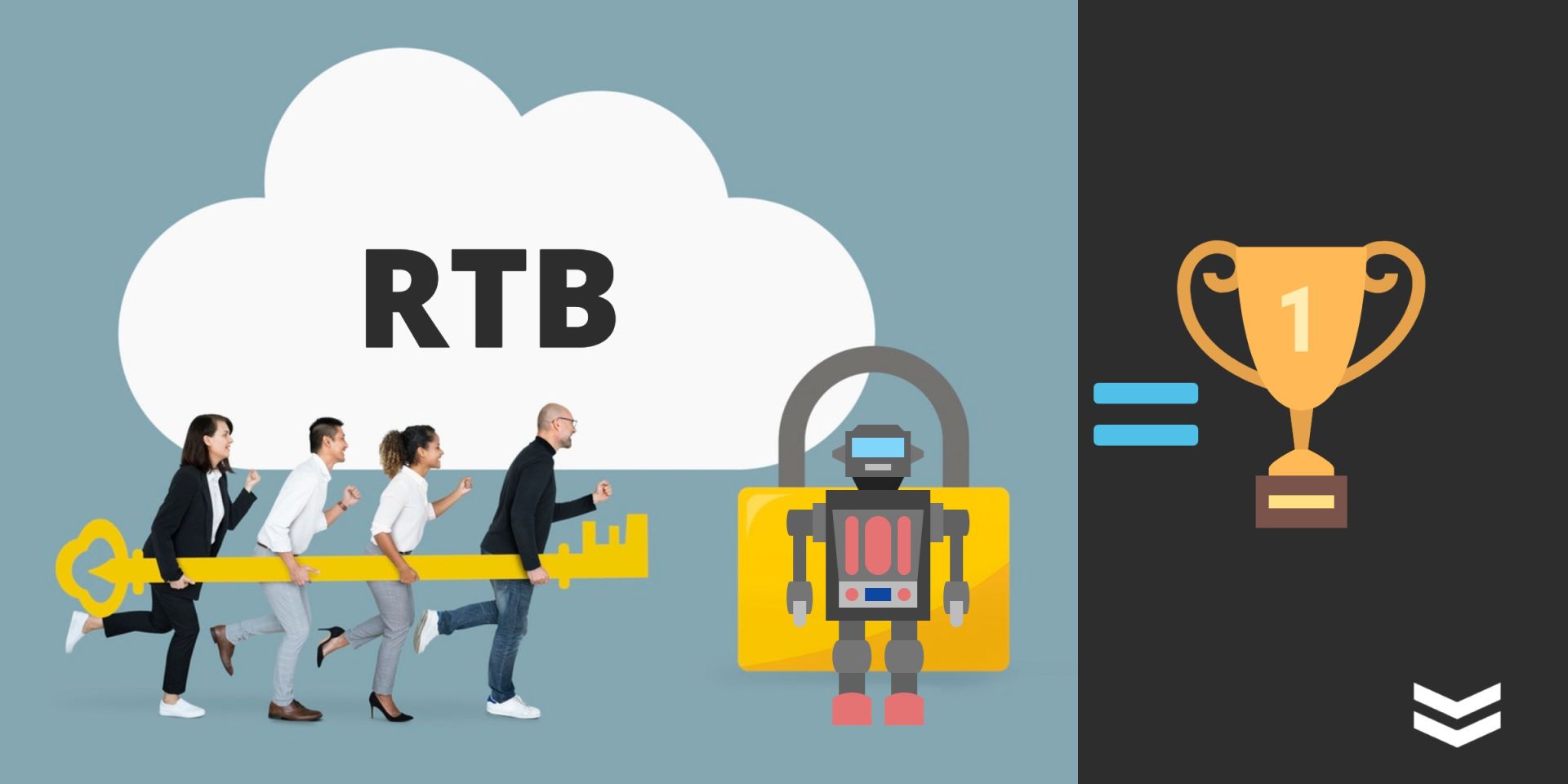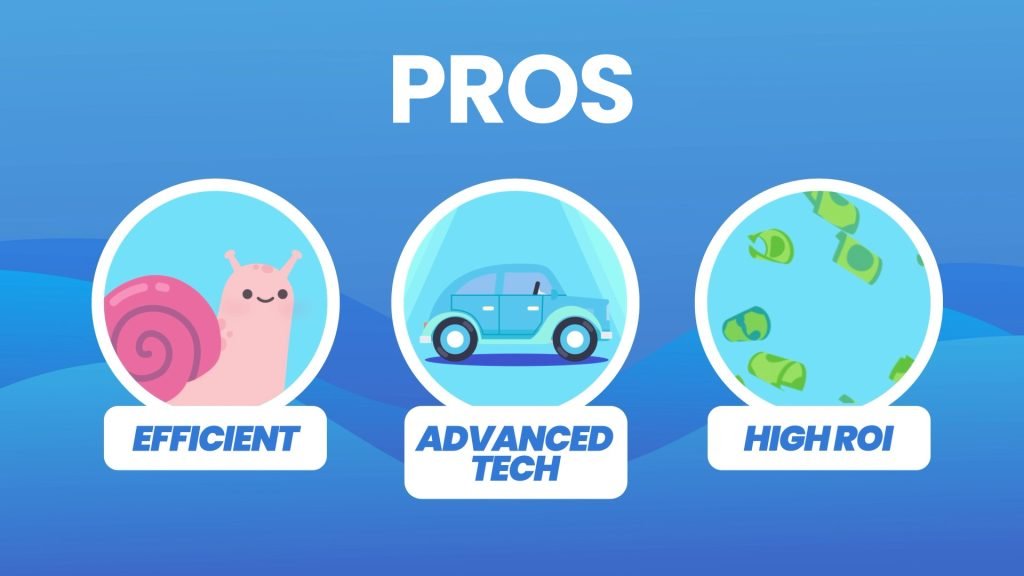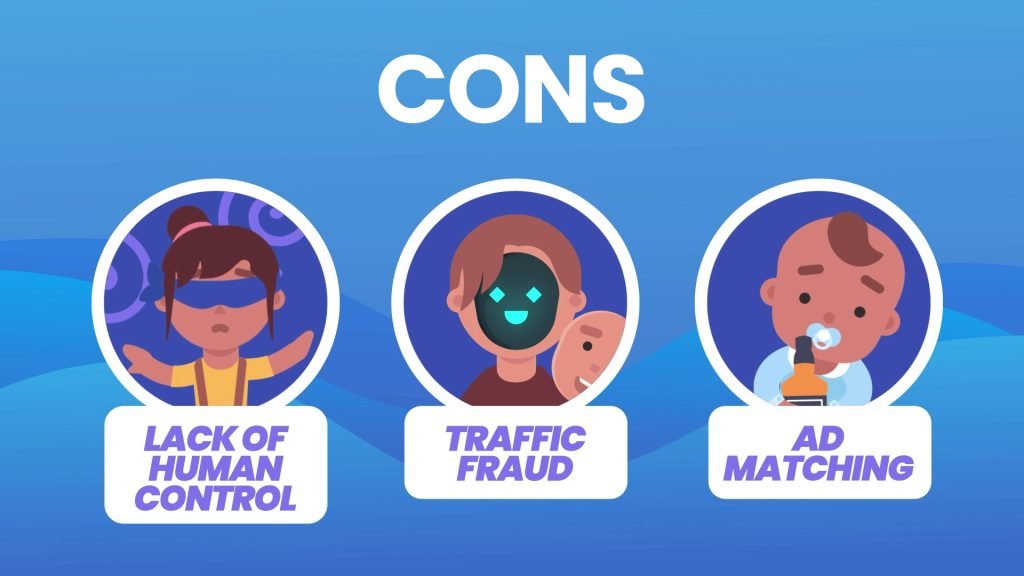
The Pros and Cons of Programmatic Ad Buying
Programmatic advertising delivers striking results. There is no comparison to traditional advertising anymore, which is why most of the industry invests in programmatic buying. But…what’s the catch? We’re going to talk about 3 advantages, and 3 disadvantages in clear, easy to understand terms.
What are the pros and cons of programmatic ad buying?
There are some clear cut benefits that you should know about when dealing with programmatic ad tech, and some poignant disadvantages too.
This post is about the pros and cons of purchasing programmatic ads and why it’s become the single most popular method of ad trading online.
Here’s the outline of this blog, feel free to scroll down or skip to the section you’re interested in:
Programmatic Ad Buying Explained.
So, what is programmatic advertising? To help explain the meaning, let’s look at some other definitions.
Programmatic ad buying typically refers to the use of software to purchase digital advertising, as opposed to more traditional methods, that involve these processes:
- Request for proposal (RFPs)
- Human negotiations
- Manual insertion orders
Basically – it’s using machines to buy ad inventory or space. Programmatic buying describes online display advertising that is aggregated, booked, analyzed, and optimized via demand side software.

These Demand Side Platforms (DSPs) use technology to automate processes and they use math to improve results. Programmatic ads are pre-determined algorithms that are programmed to buy ads automatically for the advertiser.
“So, it’s like real-time bidding?”
Yes and no. Real-time bidding is a form of programmatic ad buying. Real-time bidding is when criteria are automatically matched in an auction-styled environment, and bids for that ad spot (a single impression) are placed. There are certain platforms that will allow you to buy the spot directly without having a bid auction with other marketers.
In this case, the buying is still programmatic, but it is no longer real-time bidding. This type of deal is called programmatic direct.
Anyway, onto the pros and cons!
The Pros of Programmatic Advertising
#1: Highly Efficient
Before the days of programmatic ad buys, online spots were bought by humans. They would sit at their desk and call up other humans, and bargain and trade money for ad spots.
This was slow, and unreliable. Nowadays, algorithms do this for them.
It’s like that story where a man spent two weeks creating a program that turned his 40-hour week into a single click of a program – and he spent the rest of his 39 hours doing something else.
Programmatic advertising is incredibly efficient.
#2: Fast-Developing Technology
Every day, the industry changes. It’s getting better, faster and smarter.
From the overall structure of ad buys, to how specific targeting can get, to minimizing cost, and finding a better way of communicating with the right audience – programmatic media gets you there in a tenth of the time.
Programmatic ads deliver striking results. There is no comparison to traditional advertising anymore, which is why most of the industry invests in programmatic buying at this point in time.
How does the saying go? You can’t win the game if you don’t know the rules.
Using this form of automated ad buying gives you the chance to find your winning formula, and to grow as the technology develops.
#3: Outstanding Return on Investment (ROI)
When the hard bits are automated, machines can keep chugging along until your goals are met or your budget runs out.
Either way, you save time, maximize your ad spend and get a much higher return on your investment when you use programmatic ad buying.
The Cons of Programmatic Advertising
#1: Lack of Human Control
One of the obvious concerns of ad automation lies with the human element of the process. That’s why different ad agencies produce different results. It takes highly skilled, highly trained programmatic ad professionals to launch, manage and execute successful campaigns.
If an agency has bad practices, or inexperienced staff – there could be a host of issues for the advertiser. Ads appearing on low-quality inventory, wasted viewability – or worse – a campaign that succeeds, but doesn’t do it to its highest potential.
How would an advertiser know that their money is being wisely spent then? The right team is everything in programmatic advertising.
#2: Online Traffic Fraud
When advertisers pay for views, the general consensus among business parties is that these views should be real views.
But many of these views come from bots, and bots aren’t real at all.
Some companies create bots that watch videos over and over again. Then, they say, “Hey! Your video got 3000 views. That’s $100.00!”
The problem here, is that you aren’t paying for empty views, you’re paying to influence real consumers. Bots don’t buy things.
Thankfully, most respectable companies have ways around this these days.
#3: Inappropriate Ad Matching
A risk of paying for low-quality inventory is that sometimes your ad ends up being next to content, or on a website, you don’t want your brand anywhere near.
For example, flight commercials on a news page about an airplane crash are in bad taste and wouldn’t get any conversions.
Similar to the online fraud situation, most companies offer something called Brand Safety that helps prevent things like this.


